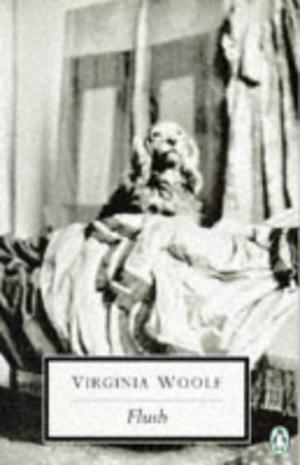What do you think?
Rate this book


204 pages, Paperback
First published October 1, 1933
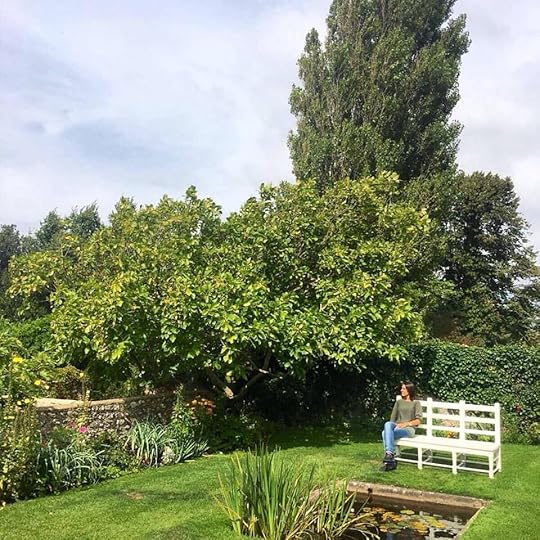


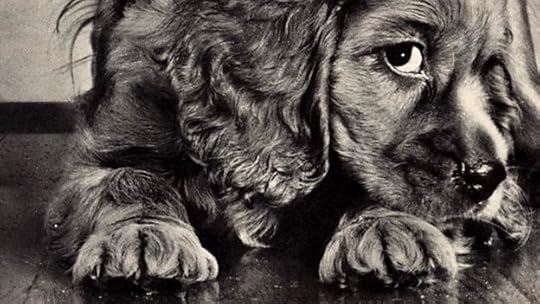
But the dogs of London, Flush soon discovered, are strictly divided into different classes. Some are chained dogs; some run wild. Some take their airings in carriages and drink from purple jars; others are unkempt and uncollared and pick up a living in the gutter.
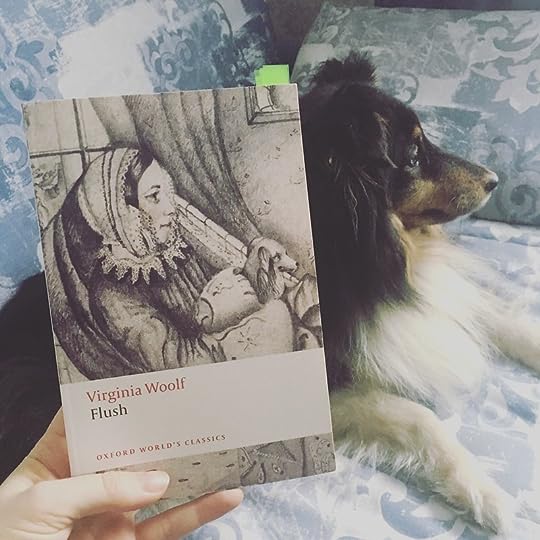
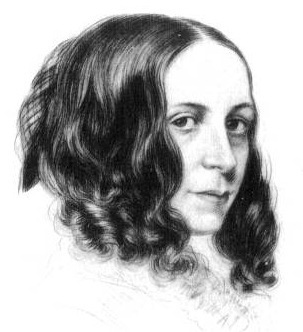

As they gazed at each other each felt: Here am I – and then each felt: But how different!Just wonderful, and made me laugh. There are many moments like this scattered through the tale, and despite the trials Flush goes through, in Virginia Woolf’s hands, the story ends with a happy, positive note.
